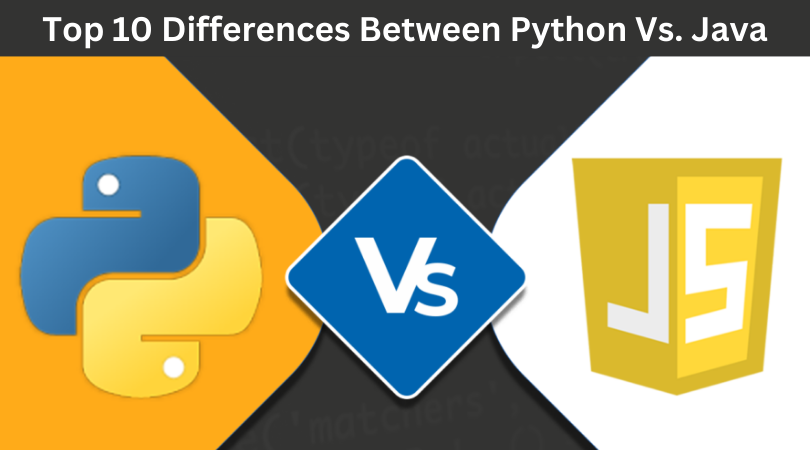Java and Python are popular programming languages. Both novice and seasoned programmers frequently have to choose between learning Python or Java. Your final decisions depend on your objectives and interests.
Technman is at your service if you are looking for Java developer training or Python training with job guarantee.
There are benefits and drawbacks to both languages. Technman has created a detailed analysis of the top ten differences between Python and Java to help you decide which language is best for you.
-
Syntax and Readability:
Python is well known for having a straightforward structure. It ensures a consistent and understandable coding style by clearly defining code blocks with indentation. For beginners, learning and understanding are made simpler by this.
The syntax of Java is more verbose than that of Python. Some developers find it less readable because curly braces and semicolons are used to indicate code blocks and sentences.
-
Static vs. Dynamic Typing:
Since Python is dynamically typed, you do not need to explicitly declare variable types. Runtime type inference by the interpreter offers flexibility but may also result in runtime errors.
Java needs explicit variable type declarations because it is statically typed. This provides better type safety but results in more verbose code because type-related errors are caught at compile time.
-
Performance:
Python is an interpreted language, which generally makes it slower than Java. Even with performance-enhancing modules, Python cannot compete with Java for CPU-intensive workloads.
Because Java is a compiled language, it runs more quickly. It is widely used in large-scale corporate systems as well as other high-performance applications such as gaming.
-
Portability:
Python is renowned for being cross-platform compatible. Python frequently produces platform-independent code. This makes the development of cross-platform software simpler.
The bytecode compilation process used by Java is the reason for the “write once, run anywhere” maxim. Java programs can run on any platform with a Java Virtual Machine (JVM) that is compatible with that platform.
-
Community and Ecosystem:
The Python programming language has a sizable and active community that regularly develops libraries and frameworks for a range of applications, including web development with Django and machine learning with TensorFlow.
Java, particularly in the creation of corporate applications, has a strong community and a rich environment with several libraries and frameworks.
-
Concurrency and Multithreading:
Python’s Global Interpreter Lock (GIL) restricts true multithreading, limiting the execution of multiple threads simultaneously. This can hinder performance on CPU-bound tasks.
Java provides robust support for multithreading and concurrency, allowing for efficient parallelism and better utilization of multi-core processors.
-
Memory Management:
Python uses garbage collection, an automatic memory management technique. While this makes managing memory easier for developers, it occasionally results in performance overhead.
Garbage collection and automatic memory management are also used by Java, but explicit object disposal gives users more control over memory usage.
-
Error Handling:
Python uses exceptions for error handling, which makes it simple to recognize and gracefully handle errors. This approach promotes clean and maintainable code.
Java uses exceptions as well, but checked exceptions must be explicitly declared, which can result in more boilerplate code.
-
Typing System:
Duck typing is supported in Python, which lets you concentrate on object behavior rather than explicit types. This promotes flexibility but may lead to unexpected runtime errors.
Java enforces strict type declarations and strong static typing. This improves code reliability by catching type-related errors at compile time.
-
Development Speed vs. Performance:
Python is frequently chosen because of its quick development. It is an excellent option for prototyping and scripting.
Java is a popular choice for complex, high-performance applications. It puts performance and scalability first. However, more initial development work may be required.
Conclusion
Python and Java are both powerful programming languages with pros and cons. You can select one of them based on the specifications of your project and your level of experience.
Java improves performance and resilience for enterprise-level applications. Python, on the other hand, is a more approachable and adaptable programming language. Python or Java should be chosen based on your needs and preferences.
As a result, Technman is here to help you learn Python or Java. It helps students learn these programming languages and offers Python and Java developer training that is guaranteed to land them a job. To start your programming career, so get in touch with us right away.














